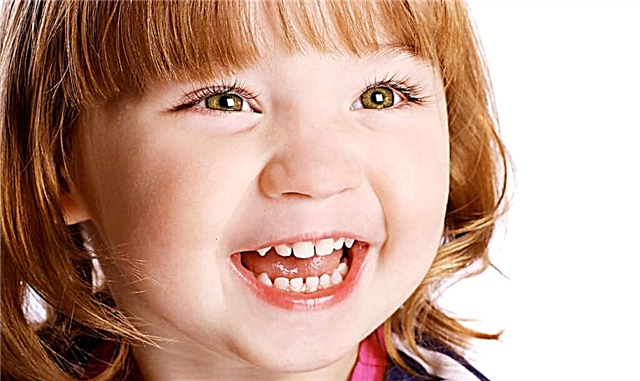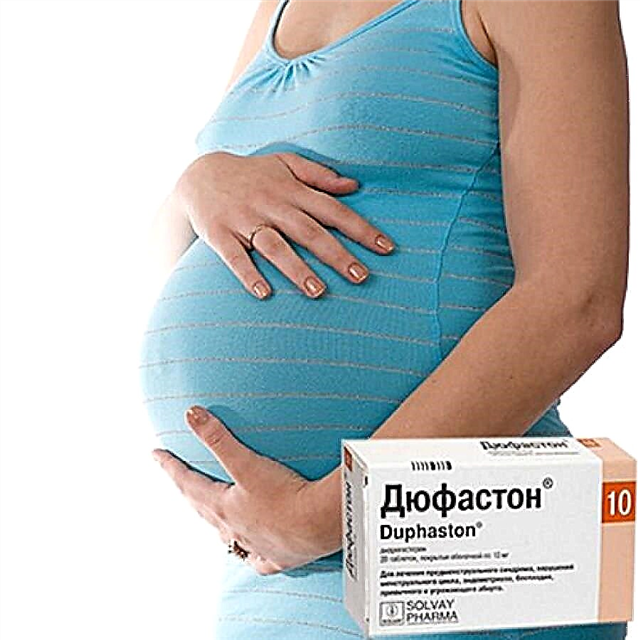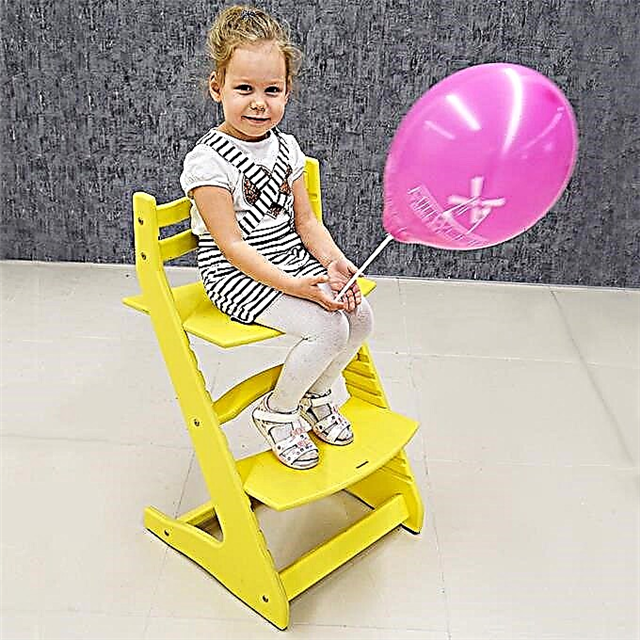Where do roundworms come from in children?
The main sources of infection for children
The only source of ascariasis is a person infected with helminths, which releases ascaris eggs with feces into the environment.
Path of entry into the body
So, helminth eggs are present in the environment. The main way of infecting a child with them is fecal-oral. Those. when:
- dirty fruits, berries or vegetables are happily eaten;
- the habit of biting nails is acquired;
- there is no or insufficiently developed skill of hand washing, the likelihood of ascaris eggs entering the body and the development of helminthic invasion increases significantly.
Cases of intrauterine infection of children due to the violation of the transplacental barrier by ascaris are described.
Parasite characteristics
Roundworms belong to the class of roundworms. Males and females have a number of differences:
1) by body shape:
- in males, the tail end is bent in the form of a hook;
- in females, the tail end is retracted.
2) by size:
- males 15-25 cm,
- females 25-40 cm.
Both have three cuticular lips with which they can stick to the intestinal wall.
Life cycle
Roundworms are geohelminths, i.e. their existence requires not only an owner, but also an environment. The latter is necessary for the maturation of eggs. At an optimal temperature (an average of 24 degrees), high humidity and access to oxygen, the eggs go through a stage of development, as a result of which the larva is formed. It is harmless at first, but 10-12 days after molting, the larva becomes invasive. From that moment on, she looks forward to meeting the owner.
Under unfavorable conditions, eggs, thanks to the multilayer shell, can remain infectious for more than 10 years.
After the host swallows the invasive egg, it enters the intestines and is freed from all membranes, and a larva emerges from it, ready to travel. This incubation period takes 2-3 days. Then two parasitic stages of development pass sequentially:
Migratory stage of ascariasis
Lasts 14-15 days.
The larva, without any pity, bores the intestinal mucosa and submucosa, leaving pinpoint hemorrhages, and penetrates the intestinal veins. Through the portal vein system with the blood flow, the larva is brought into the liver, and from there, passing through the right part of the heart, it arrives in the lungs. There she lingers for a while. Living in the alveoli, the larva molts a second time and increases in size from 0.5 mm to 2 mm. Then, along the bronchial tree and trachea, the larva migrates as part of mucus and sputum into the pharynx, where it is swallowed and enters the intestines along a familiar route.
Intestinal stage of ascariasis
Its duration is about a year.
Ascaris grows in the intestines and turns into a sexually mature individual. Roundworms feed on food gruel and particles of the intestinal mucosa. A sexually mature female produces over 200 thousand eggs per day.
At the same time, roundworms lead an extremely mobile lifestyle, due to the way they are retained in the intestines. They often do not stick, but abut against the walls with their head and tail ends. Roundworms can migrate along the gastrointestinal tract, rising to the upper sections up to the oral cavity, crawling through the openings into the ducts of the liver, pancreas, and the appendix.
In rare cases, with massive invasion, roundworms can perforate the intestinal wall and enter the heart and other organs with blood flow. Finds of roundworms are described both in the nasal sinuses, and in the middle ear, in the genitourinary organs.
Such is the unpretentious life of roundworm in the human body. Ascaris dies at the age of 1 year and comes out with feces.
How can you suspect that a child is infected with ascaris?
In the migratory stage, ascariasis has the following "masks":
- allergic dermatitis.
The waste products of the larva and parts of its shell are strong allergens. Therefore, various elements of an allergic rash may appear on the skin: blisters, papules, accompanied by itching (in children under 4 years of age, the rash is weeping in nature). In 58% of cases, there is swelling of the eyelids;
- acute respiratory illness.
The movement of the larva through the body of the child may be accompanied by fever up to 38 degrees, cough;
- pneumonia.
While the larvae live in the lungs, the infected person is worried about coughing. Dry and moist rales are heard in the lungs, pain in the chest is possible, because the pleura is often affected. In this case, the state of health of patients can be satisfactory. On the radiograph of the lungs, an irregularly shaped fuzzy shadow is found, the so-called eosinophilic volatile infiltrates. They are caused by the accumulation of blood cells - eosinophils in response to the invasion of worm larvae. The peculiarity of infiltrates is in a rapid reverse development on days 4-5;
- bronchitis.
Often with an asthmatic component. Dry rales are heard, there may be shortness of breath;
Respiratory syndrome is a symptom of ascariasis in children in 40% of cases. In young children (up to 4 years old), it is more severe than in other age groups.
- astheno-neurotic syndrome.
For schoolchildren, he can be the leader. It is manifested by headaches, fatigue, dizziness, heart rhythm disturbances, marbling of the skin. At the same time, school performance decreases, behavior is disturbed. In preschoolers, it is expressed in restless sleep, sweating of the scalp. Differentiate with neurocirculatory dystonia;
- dyspeptic syndrome.
It occurs in 28% of cases.
It is caused by the passage of larvae through the intestinal wall and the reaction of the mesenteric lymph nodes to this event.
It manifests itself in young children with anxiety, vomiting. Older children will have stomach pains. Preliminary diagnoses in such cases may be mesenteric adenitis, functional indigestion;
- hepatitis.
It develops with massive invasion in rare cases.
The liver and spleen are enlarged, icteric syndrome appears.
Clinically suspecting signs of ascariasis in children at this early stage allows a combination of skin and respiratory disorders. They are more common than other syndromes;
The migratory stage can proceed both with severe clinical manifestations and latent. It depends on the number of eggs swallowed.
- diseases of the gastrointestinal tract: colitis, enterocolitis, pancreatitis, cholecystitis, acute intestinal infections.
Ascariasis in the intestinal stage is masked under them.
In young children under 3 years of age, there is a refusal to eat, anxiety associated with eating, loose stools with mucus.
In older children, these are abdominal pains, flatulence, nausea, and stool disorders of the type of constipation.
At this stage, ascariasis can be suspected by the combination of dyspeptic syndrome with astheno-neurotic, impaired development and growth of the child.
The harm caused by roundworms to the child's body
The child's body suffers because:
1) the tissues of the organs of the gastrointestinal and respiratory tract are mechanically damaged;
2) the body's allergic mood increases;
3) the immune system is suppressed: (for example, the absence of antibodies after vaccination against childhood infections (tetanus, measles, whooping cough, etc.) may be due to ascariasis);
4) a deficiency of vitamins and microelements develops, the absorption of nutrients is impaired (roundworms reduce the activity of enzymes in the stomach and pancreas, cause a deficiency of pyridoxine, retinol and vitamin C);
5) growth, physical and mental development slows down;
6) the risk of surgical complications of helminthiasis increases:
- obstructive intestinal obstruction;
- acute appendicitis;
- obstructive jaundice;
- peritonitis.
Reasons: the accumulation of a large number of roundworms in the intestine, their penetration into the appendix, bile duct, perforation of the intestinal wall by adults;
7) there is a possibility of death: from suffocation, cardiac arrest,
Fortunately, these troubles are not so frequent and only occur with a very massive infection.
Diagnosis of ascariasis

Diagnosis of ascariasis depends on the stage of development of the parasite.
At an early stage, these are the following activities.
- Sputum examination for the presence of ascaris larvae.
- Radiograph of the lungs: volatile eosinophilic infiltrates are detected.
In the intestinal stage, these are the following procedures.
- Coprogram: detection of ascaris eggs in the feces.
The coprogram may be uninformative if there are only males or females in the body. Separation of eggs will therefore not be carried out.
The study is carried out three times, because the release of eggs may occur irregularly.
- General blood analysis: revealed a high level of eosinophils (up to 30%), an increase in ESR up to 50 mm / h, signs of anemia.
- X-ray contrast study abdominal cavity.
It is carried out with an unclear picture of the disease, abdominal syndrome. Clusters of parasites can be found.
- Serological blood test method: detection of antibodies to roundworm, which appear 2-3 weeks after infection and disappear after 3 months.
Before surgical operations, it is imperative to conduct an examination for ascariasis, because anesthesia can provoke the migration of ascaris. This will complicate the operation.
Treatment of ascariasis in children
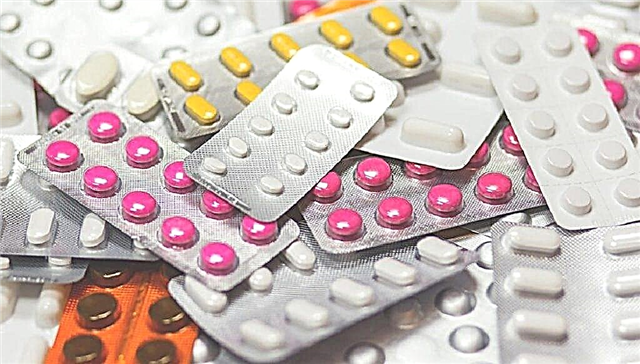
Treatment of children in whom massive invasion is suspected is best done in a stationary setting.
Traditional medicine. List of drugs approved in pediatric practice
Antiparasitic drugs in pediatrics
- Mintezol (thiazolyl-benzimidazole derivative):
Permitted from 4 years old.
Release form: suspension, tablets.
Acts during the larval stage. But treatment can provoke strong allergic reactions, so it is carried out in a hospital with the simultaneous use of desensitizing drugs, including hormones.
- Nemozole (albendazole). It is the drug of choice because it has an optimal balance of effectiveness and safety.
Allowed from 2 years old.
Method of production: suspension, tablets.
Appointed once.
- Pirantel (combantrine).
Allowed from 6 months.
Release form: syrup, tablets.
Apply once.
- Decaris (levamisole).
One-time reception.
Allowed from 3 years old.
Release form: tablets.
- Medamin (a derivative of benzimidazole carbamate).
A single dose, but with a massive invasion, it can be taken within 3 days.
Allowed from 3 years old.
Release form: tablets.
- Piperazine adipate.
Allowed from 1 year.
2-day admission.
Release form: suspension, tablets.
- Vermox (mebendazole) highly effective drug against ascariasis.
Allowed from 3 years old. But given its ability to enhance the motor activity of ascaris, it is advisable to carry out therapy for them in a hospital setting, and in case of massive invasion, it is not prescribed.
Release form: tablets.
Control of therapy is carried out after 3 weeks by a three-fold scatological examination of feces for eggs of worms.
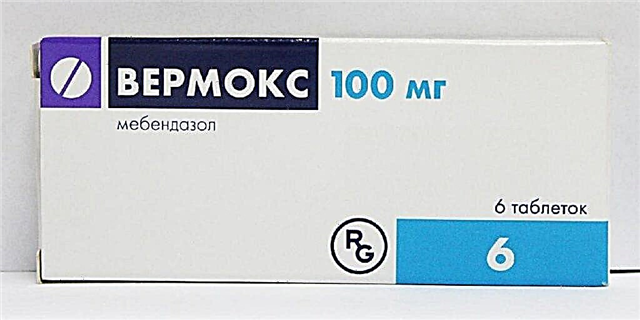
Other groups of drugs
- antihistamines (Suprastin, Zodak).
It is taken at the stage of deworming to reduce the risk of increased allergic manifestations;
- glucocorticoids (dexamethasone, prednisolone).
It is used in stationary conditions with a strong allergic reaction and with massive infection of the body. This is justified by the fact that at the intestinal stage of ascariasis, the production of adrenal hormones is suppressed;
- enterosorbents (Polysorb, activated carbon).
They can also be used in parallel with specific therapy, only at different times of the day. Help to adsorb allergens;
- probiotics;
- vitamins and minerals;
- enzymes.
The last 3 groups of drugs are aimed at restoring the disturbed intestinal biocenosis (the number of Escherichia coli with normal enzymatic activity and lactic acid bacteria decreases, the content of coccal flora increases) and digestion processes, the deficiency of vitamins and iron is corrected. The use of these drugs is carried out after deworming and contributes to the early recovery of the body.
Drug-free method: oxygen treatment
Adult acarids cannot tolerate large amounts of oxygen. In this method of therapy, oxygen is introduced through a tube into the stomach.
When treating, you need a nutritious diet with a high protein content. Sugar, fast food, fried and fatty foods are removed from the diet.
Traditional methods against parasites
Self-medication of ascariasis cannot be done! Only under medical supervision.
What relatively safe remedies can you recommend for children?
- Garlic enema in milk or water (allowed for children from 3 years old). Applied for a week every day.
- Decoctions of herbs: wormwood, tansy, yarrow.
- Pumpkin seeds.
Prevention of infection of the child with ascaris
For prevention, you need to do the following.
- Instill hygiene skills in children (wash your hands before eating, after walking and school, wash food, do not use water from dubious sources, cut your nails in time).
- Observe cleanliness in summer cottages, do not use feces for fertilization.
- If ascariasis is detected in one family member, deworm all family members, treatment of surfaces, toys with disinfectant solutions, washing and ironing of linen.

Conclusion
Ascariasis is a rather complex disease, the complexity of which lies in the variety of clinical manifestations and diagnostics, the results of which depend on one or another stage of helminth development. The prognosis for this helminthiasis ranges from favorable to serious. And prevention is, in principle, very simple. So, it is easier to prevent than to cure!
Bibliography
- National Guide to Pediatrics Vol. 2 "Geotar -media" Moscow 2009
- N.I. Zryachkin, Helminthiasis. Publishing house of SSMU 2006
- Mochalova A. A., Ershova A. B. A LOOK AT THE PROBLEM OF HELMINTHOSIS AND PARASITOSIS AT THE CONTEMPORARY STAGE. Actual infectious diseases. SI "Lugansk State Medical University" No. 2, 2014
- V.G. Maidannik. Ascariasis in children. Pediatrics. The science. Practice 06.2012
- P. S. Posokhov, N. Yu. Miropolskaya. Helminthiasis in children. Publishing house GOU VPO Far Eastern State Medical University. Khabarovsk. 2009.
- N.P. Shabalov. Children's diseases 1 volume "Peter" 2004

